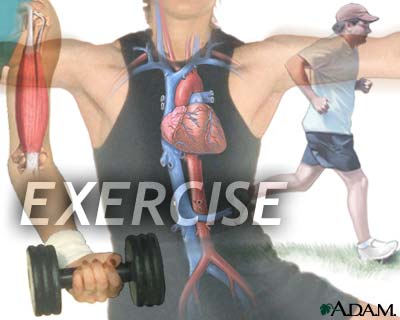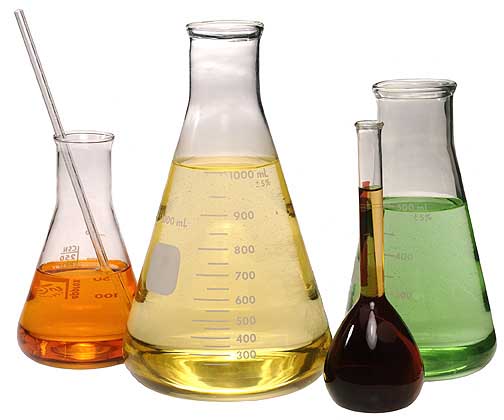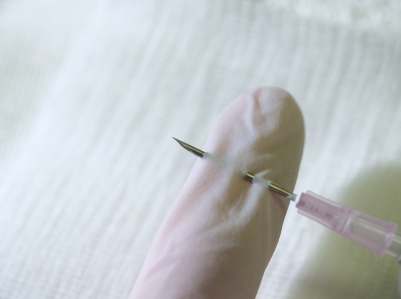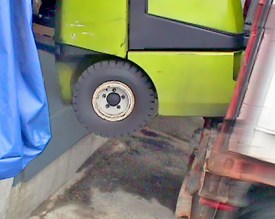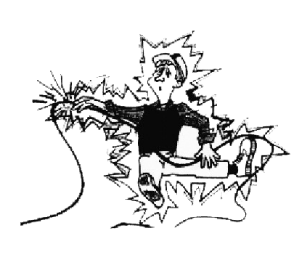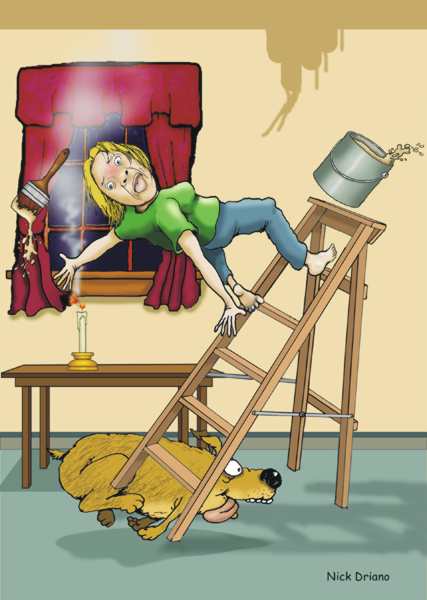 The following is a list of the top 10 most frequently cited standards following inspections of worksites by federal OSHA. OSHA publishes this list to alert employers about these commonly cited standards so they can take steps to find and fix recognized hazards addressed in these and other standards before OSHA shows up. Far too many preventable injuries and illnesses occur in the workplace.
The following is a list of the top 10 most frequently cited standards following inspections of worksites by federal OSHA. OSHA publishes this list to alert employers about these commonly cited standards so they can take steps to find and fix recognized hazards addressed in these and other standards before OSHA shows up. Far too many preventable injuries and illnesses occur in the workplace.
- 1926.451 – Scaffolding
- 1926.501 – Fall Protection
- 1910.1200 – Hazard Communication
- 1910.134 – Respiratory Protection
- 1910.147 – Lockout/Tagout
- 1910.305 – Electrical, Wiring Methods
- 1910.178 – Powered Industrial Trucks
- 1926.1053 – Ladders
- 1910.303 – Electrical, General Requirements
- 1910.212 – Machine Guarding



